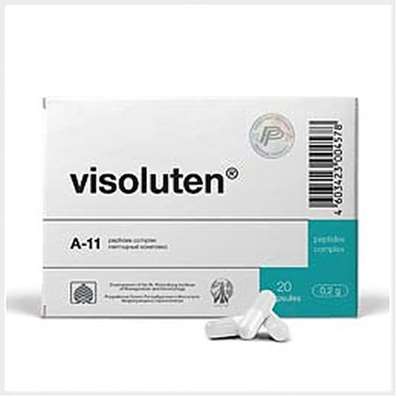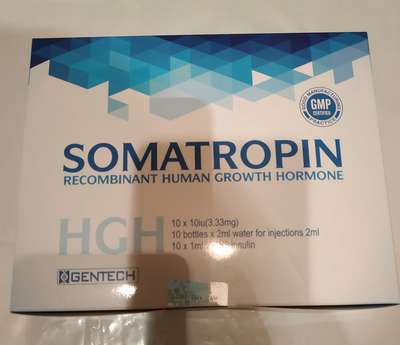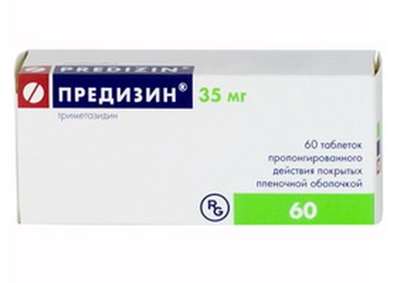Instruction for use: Piportil
I want this, give me price
Dosage form: tablets
Active substance: Pipotiazine*
ATX
N05AC04 Pipotiazine
Pharmacological group:
Neuroleptics
The nosological classification (ICD-10)
F20 Schizophrenia: Schizophrenic conditions; Exacerbation of schizophrenia; Schizophrenia; Chronic schizophrenia; Dementia praecox; Bleuler's disease; Psychotic discordant; Dementia early; The febrile form of schizophrenia; Chronic schizophrenic disorder; Psychosis of the schizophrenic type; Acute form of schizophrenia; Acute schizophrenic disorder; Cerebral Organic Insufficiency in Schizophrenia; Acute attack of schizophrenia; Schizophrenic psychosis; Acute schizophrenia; Sluggish schizophrenia; Sluggish schizophrenia with apathoabulic disorders; Acute stage of schizophrenia with excitation
F22 Chronic Delusional Disorders: Delusional Chronic Disorder; Delusional Disorders; Delusional syndrome; Paranoia; Chronic affective-delirious states
F29 Inorganic psychosis, unspecified: Childhood psychoses; Psychomotor agitation in psychoses; Hallucinatory-delusional disorders; Hallucinatory-delusional syndrome; Intoxication psychosis; Manic-delusional disorders; Manic chronic psychosis; Manic psychosis; Acute psychosis; paranoid psychosis; Paranoid psychosis; Subacute psychosis; Presenile psychosis; Psychosis; Intoxication psychosis; Psychosis is paranoid; Psychosis in children; Reactive psychosis; Chronic psychosis; Chronic hallucinatory psychosis; Chronic psychosis; Chronic psychotic disorder; Schizophrenic psychosis
R44.3 Hallucinations, unspecified: Hallucinatory conditions; Hallucinations; Acute hallucinatory state; Chronic hallucinatory conditions
R45.1 Anxiety and agitation: Agitation; Anxiety; Explosive excitability; Internal stimulation; Excitability; Excitation; Excitation acute; Psychomotor agitation; Hyperexcitability; Motor excitement; Cessation of psychomotor agitation; Nervous excitement; Restlessness; Night trouble; Acute stage of schizophrenia with excitation; Acute mental agitation; Paroxysm of excitation; Overexcitation; Increased excitability; Increased nervous excitability; Increased emotional and cardiac excitability; Increased agitation; Mental arousal; Psychomotor agitation; Psychomotor agitation in psychoses; Psychomotor agitation of an epileptic nature; Psychomotor paroxysm; Psychomotor fit; Symptoms of excitation; Symptoms of psychomotor agitation; The state of agitation; A state of anxiety; Excitation status; A state of heightened concern; The state of psychomotor agitation; Conditions of anxiety; Excitation conditions; The state of excitement in somatic diseases; Excitation level; Feelings of anxiety; Emotional arousal
Composition and release form
1 tablet contains pipotiazine 10 mg; in a blister pack of 10 pcs., in a cardboard box 2 blisters.
1 drop of 4% solution for oral administration - 1 mg; in bottles of 10 ml, in a cardboard box 1 bottle.
Pharmachologic effect
Pharmacological action - antipsychotic, neuroleptic.
Brakes synaptic transmission in the brain.
Pharmacokinetics
Absorbed quickly, bioavailability - about 40%. Cmax in the blood - 1-2 hours after admission. T1 / 2 - 4-5 days. It is excreted primarily through the intestine, with the participation of biliary excretion; 5-10% is excreted through the kidneys.
Clinical Pharmacology
Has a general effect on a complex of psychotic processes - reduces psychotic symptoms, reduces psychotic fear, depersonalization, psychomotor agitation, aggressiveness, inconsistency, eliminates psychomotor inhibition. It lasts longer than other antipsychotics. Has a satisfactory tolerance.
Indications for Piportil
Chronic psychosis, scarce or paranoid forms of schizophrenia, hebephrenia, chronic hallucinatory and affective-delirious states. Acute psychoses and acute crises of chronic psychoses - manic attacks, attacks of delirium of various kinds, states of excitement.
Contraindications
Toxic agranulocytosis in anamnesis, angle-closure glaucoma, porphyria, prostate diseases.
Application in pregnancy and lactation
The harmlessness of use in pregnant women and in breastfeeding is not established.
Side effects
Depression, dyskinesia: early (spasmodic torticollis, oculomotor crisis, trismus) and late, extrapyramidal disorders; Orthostatic hypotension, dry mouth, constipation, accommodation paresis, urinary retention, impotence, frigidity, amenorrhea, galactorrhea, gynecomastia, hyperprolactinaemia; weight gain, hyperthermia, cholestatic jaundice, photosensitivity, agranulocytosis (extremely rare).
Dosing and Administration
Inside, 1 time per day, usually in the morning. The initial dose is 10 mg, the average therapeutic dose is 20-30 mg. If necessary, the dosage can be increased to 60 mg / day and, if possible, return to the average therapeutic doses.
Overdose
Perhaps the emergence of an acute syndrome of parkinsonism and coma. Treatment is symptomatic.
Precautionary measures
When hyperthermia appears, treatment is immediately stopped. Especially careful observation is required in the treatment of epilepsy (in connection with the possible lowering of the epileptogenic threshold) and parkinsonism. Caution is necessary when prescribing elderly patients (sedative and hypotensive effects), for cardiovascular diseases, renal or hepatic insufficiency, for drivers of transport and those working with mechanisms (drowsiness and decreased response, especially at the beginning of treatment).
Conditions for storage of Piportil
In the dark place at room temperature.
Keep out of the reach of children.
Shelf life of the drug Piportil
4 years.
Do not use after the expiry date printed on the package.

 Cart
Cart





